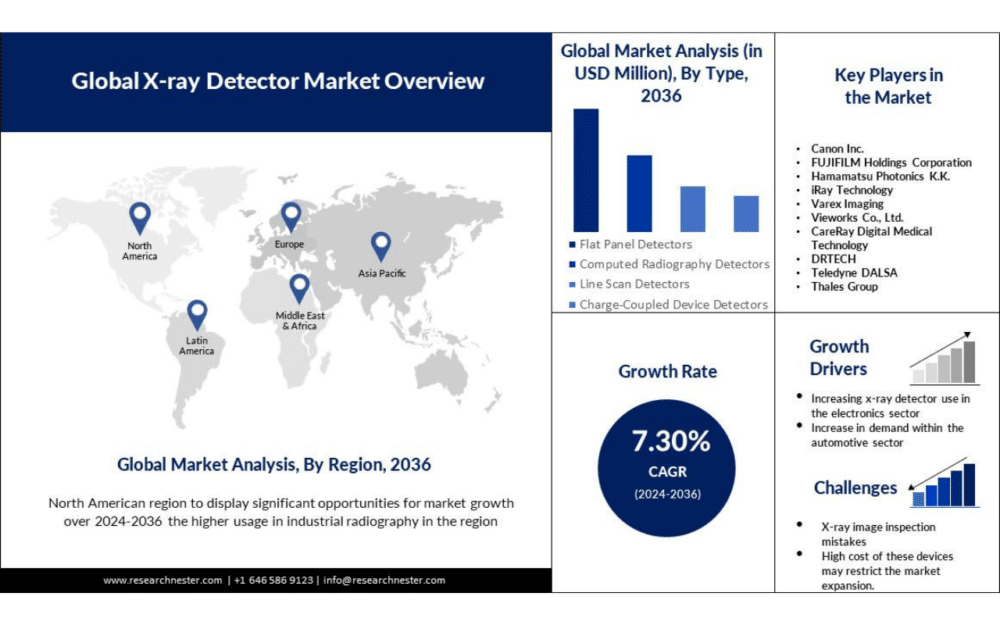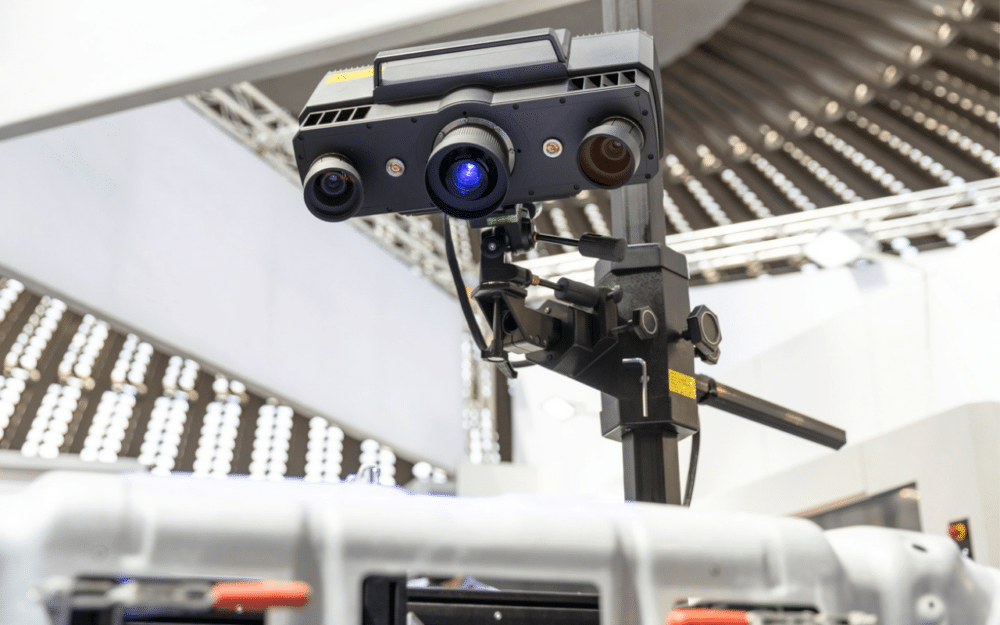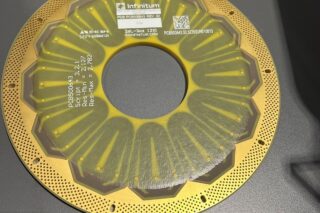Research Nester Analytics LLC assesses the growth of the global x-ray detector market over the forecast period, i.e., 2024-2036, and evaluates its prospects. The increasing X-ray detector use in electronics is driving the market.
X-ray detectors play a crucial role in medical imaging, security screening, and industrial applications. They come in various types, including scintillation detectors, semiconductor detectors, and flat-panel detectors.
By type, the global X-ray detector market is segmented into flat panel detectors, compound radiography detectors, line scan detectors, and charge-coupled device detectors. The flat panel detectors segment is predicted to develop at a CAGR of 7.54% over the given time frame. The ongoing need for flat panel detectors in a range of industrial applications is fueled by the increased emphasis on quality assurance, product integrity, and sophisticated inspection techniques.

Increase in Demand in the Automotive Sector
Because engineered materials allow X-ray radiation to pass through them, inspection devices can measure and photograph hidden features. The automotive sector uses this technology to meet the growing demand for quality assurance and product traceability, which lowers liability and improves product quality.
An X-ray scan can often eliminate the need for inspection stations since it can provide a last quality check after packaging instead of at key points during the production process. The best way to inspect automotive castings for faults like cracks and welding issues is with an X-ray detector.
However, a wide range of applications, such as suspension parts, braking systems, suspension parts, coolant hoses, engine mounts, intercoolers, coatings, heat exchangers, and features within catalytic converters, exhaust systems, fuel injection systems, suspension assemblies, complex assemblies, and micro-electromechanical systems, are also served by 2D and 3D X-ray inspection in the automotive industry. In 2021, there was a 3% year-over-year growth in the production of motor cars, with around 80 million vehicles produced worldwide.
The expensive cost of these devices may restrict the market for X-ray detectors. This is not just a barrier; it also makes it harder for developing and impoverished countries to use contemporary technologies. Moreover, manual security checks are no longer carried out as every nation strives to create and adopt cutting-edge technologies. There is also a possible health danger because these detectors have been shown in security applications to cause cancer. Not only may this pose a health danger, but it might also reduce its popularity in underdeveloped nations.
Asia Pacific Market
By region, the Asia Pacific x-ray detector industry is expected to grow at a CAGR of 7.81% over the forecast period. It is predicted to be valued at USD 274.61 million by the end of 2036, up from USD 104.40 million in 2023.
An analyzer that employs radiation detectors with advanced computer modeling and high-power X-ray sources may detect minerals. Any extant metal atoms become momentarily weakly radioactive when the X-rays excite the nuclei at their centers. The amount of valuable metal present is estimated by measuring the radiation that the metal emits, which is picked up by an extremely sensitive detector.
Top players in the global x-ray detector market are Canon Inc., FUJIFILM Holdings Corporation, Hamamatsu Photonics K.K., iRay Technology, Varex Imaging, Vieworks Co., Ltd., CareRay Digital Medical Technology, DRTECH, Teledyne DALSA, Thales Group
For more info, visit: https://www.researchnester.com/reports/x-ray-detector-market/5453







![Image [Best of 2025] Power Moves in the Energy World](/wp-content/uploads/sites/3/energy-320x213.jpg)
![Image [Best of 2025] How Generative AI Is Transforming Industry](/wp-content/uploads/sites/3/AI-4-320x213.jpg)
![Image [BUYING GUIDE] How to Choose the Right Industrial Robot?](/wp-content/uploads/sites/3/Industrial-Robot-320x213.jpg)

![Image [Buying Guide] How to Choose the Right Safety Shoes?](/wp-content/uploads/sites/3/Safety-Shoes-320x213.jpg)